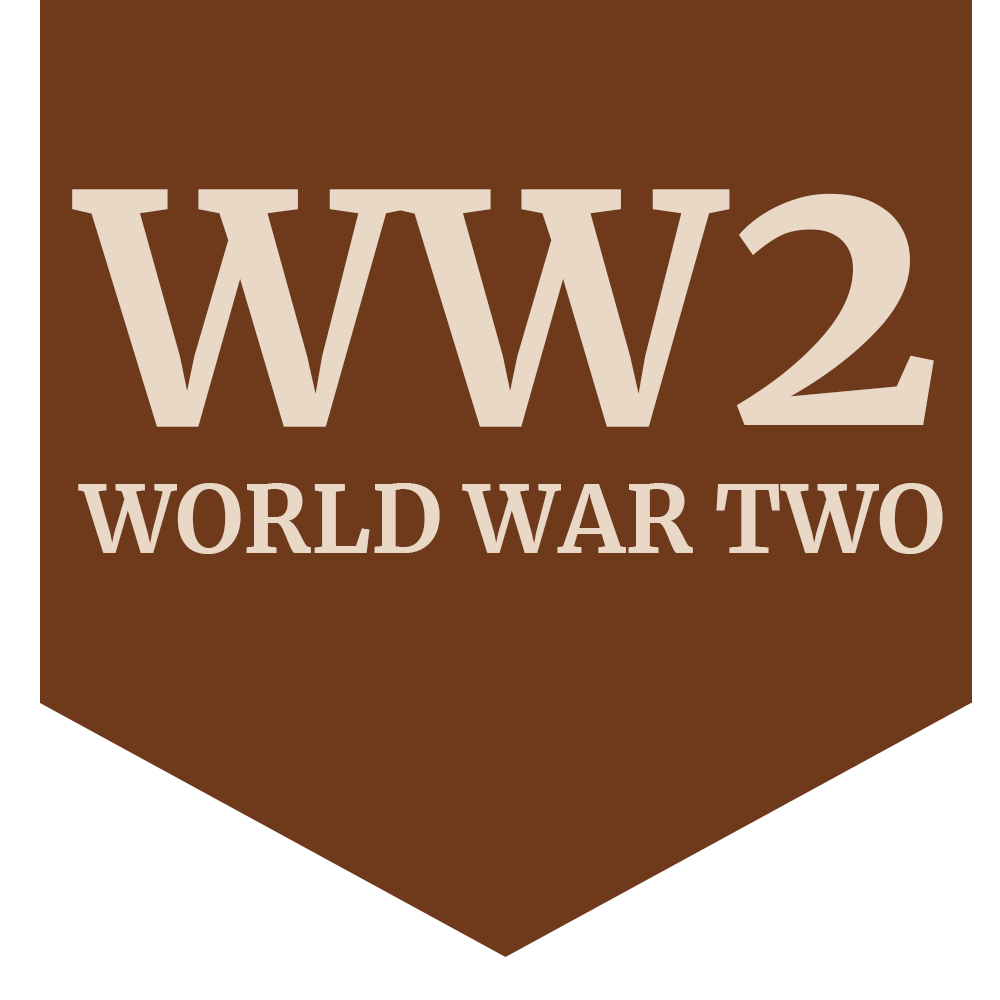
Dorothy Coulson
Associated with
Address
67, Church Street, Arnold, Nottinghamshire
Date of birth
18 Jun 1920
Date of death
09 May 1941 (20 years old)
Place of birth
Averingham, Nottinghamshire
Employment, education or hobbies
Dorothy Coulson worked in a laundry hand pressing department. During the war, she served as a fire watcher.
- Family History
- Extra information
- Photographs
Family history
Dorothy was the daughter of George and Emma Coulson and the sister of John, Reginald, Bessie, Charlie, Molly, Adelaide and William Coulson. They lived at 67, Church Drive, Arnold, Nottingham.
Extra information
Nottingham Evening Post, 9/5/1942, Page 2, In Memoriam: COULSON – Dorothy, one year today. In memory’s garden we meet each day. Sadly missed. – Friend Edith.
COULSON – Dorothy, our dearest friend, killed by enemy action, May 9th 1941. – Lil and Sam.
Photographs





